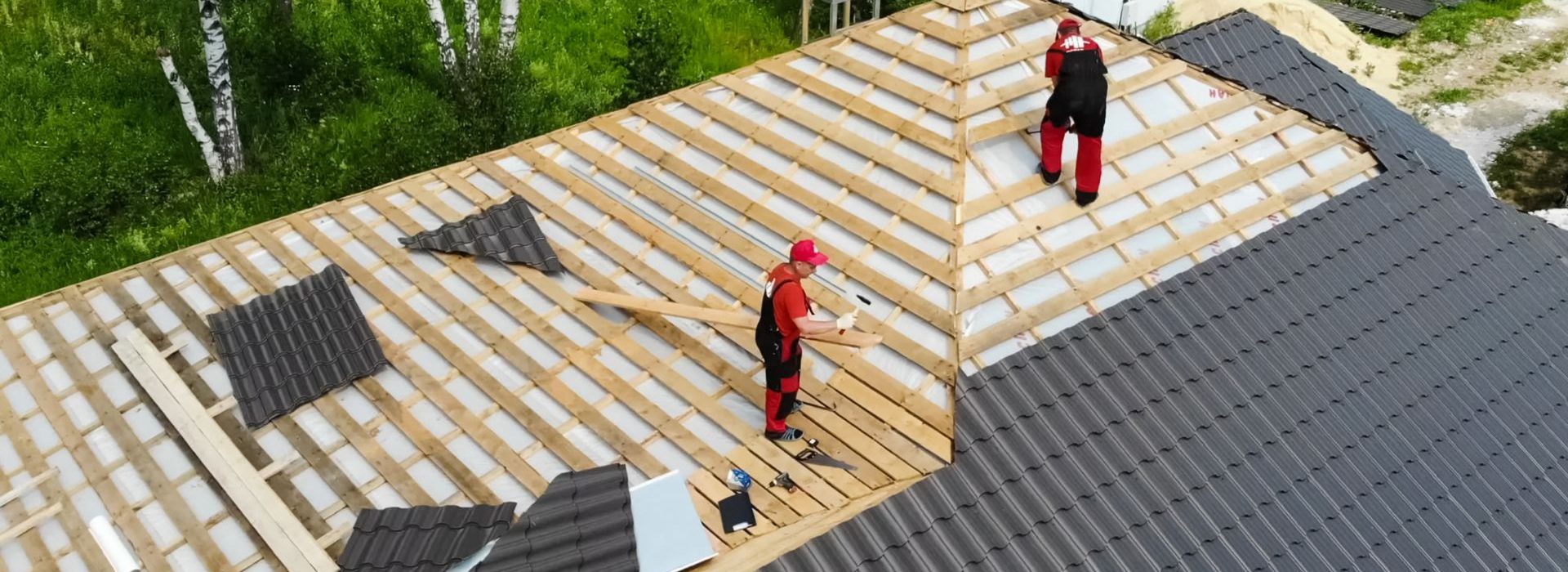Anatomy of a Roof: Essential Components Explained
Understanding the anatomy of a roof involves exploring its essential components. Trusses are crucial in providing strength and stability, while proper flashing at vulnerable points prevents water leakage, enhancing waterproofing. Decking materials like plywood and metal offer durability, with insulation important for longevity. Underlayment acts as a moisture barrier, with different types offering varying levels of protection. Various roof covering options, such as metal or shingles, contribute to energy efficiency and aesthetics. Ventilation systems optimize airflow and regulate temperature, aiding in condensation prevention. For those considering a Mesa roof installation, discovering more about each component can help you guarantee the durability and functionality of your roof.
Roof Structure Components
Within the anatomy of a building, the roof structure components play an essential role in providing support and protection to the overall structure. The truss design is a critical aspect of the roof structure, which determines the framework’s strength and stability. Trusses are engineered to bear the roof’s weight and guarantee it can withstand environmental stressors. Moreover, flashing installation is another essential component of the roof structure. Typically made of metal, flashing is installed at vulnerable points like roof intersections and valleys to prevent water leakage and enhance the roof’s waterproofing capabilities. Proper flashing installation is imperative for maintaining the roof’s integrity and protecting the building from water damage.
Roof Decking Materials
Roof decking materials form the foundational layer that provides structural support and a base for the roof covering. When considering roof decking materials, factoring in insulation options and maintenance tips for long-lasting durability is essential. Here are some key points to keep in mind:
– Plywood: Commonly used due to its affordability and strength.
– Oriented Strand Board (OSB): Offers good moisture resistance but requires proper sealing.
– Wood Boards: Traditional option that can add aesthetic value but may require more maintenance.
– Metal Decking: Provides excellent durability and can be a structural component.
Proper insulation and regular maintenance are vital for extending the lifespan of the roof decking materials and ensuring the roof system’s overall integrity.
Roofing Underlayment Types
Beneath the roof covering, roofing underlayment types play an important role in providing an additional layer of protection against water infiltration and enhancing the overall weatherproofing of the roof system. One joint function of underlayment is to act as a moisture barrier, preventing water from seeping into the roof structure. Different roofing underlayment materials are available, including asphalt-saturated felt, synthetic underlayment, and rubberized asphalt. Each type offers varying levels of protection and durability. Installation techniques for roofing underlayment are essential to ensure proper coverage and effectiveness. Properly installed underlayment can significantly extend the roof’s lifespan by offering an extra shield against moisture and weather elements, making it an essential component of a well-functioning roofing system.
Roof Covering Options
When considering the various components of a well-functioning roofing system, one critical aspect is the range of roof covering options available to homeowners and builders. Different roof covering materials offer unique benefits and aesthetics to suit diverse preferences and functional requirements. Some popular options include:
– Metal roofing is known for its durability and modern appeal.
– Various shingle styles, such as asphalt, wood, or slate, provide traditional charm and versatility.
– Solar panels offer energy efficiency and eco-friendliness.
– Green roofs, which incorporate vegetation for environmental benefits and enhanced insulation.
Choosing the right roof covering is essential for ensuring a building’s longevity, energy efficiency, and overall aesthetic appeal.
Roof Ventilation Systems
Optimizing airflow within a building’s roofing system is essential for maintaining a healthy and efficient indoor environment. Roof ventilation systems play a vital role in achieving this balance by allowing for proper air circulation. These systems help regulate temperature extremes, removess moisture, and preveprevent growth. By incorporating adequate attic insulation, roof ventilation systems can enhance energy efficiency by reducing heat loss in the winter and heat gain in the summer. Additionally, effective ventilation aids in condensation prevention by minimizing the buildup of moisture within the attic space. Properly designed ventilation systems ensure that the roofing structure remains durable, the indoor air quality stays at its best, and energy costs are kept in check.
Other Roofing Tips:


